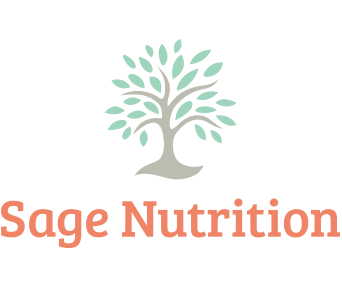Body Positivity
Body Positivity: Accepting all bodies (including our own) of every size, color, shape, and form to create an inclusive community where people know they are worthy of love and can live unapologetically.
Sage Nutrition is hosting a six-session body positivity workshop on Sundays at 4pm. Led by Rae Thomas, the educational workshop will cover topics like goal setting, positive self-talk, and mindfulness. Starting a six-week journey may sound intimidating, especially if you’re new to the body positive movement, but with Rae you are in good hands.
Rae Thomas is a body positive activist currently working on her masters in counseling psychology at the University of Nebraska-Lincoln. But her work with body positivity started years ago. Eating disorders are complex, and due to a multitude of reasons, one being pressure from her modeling agency, Rae suffered throughout high school. While on her road to recovery she discovered her passion for helping others.
Though not everyone suffers from an eating disorder, Rae found that most of her peers and family members suffered from negative body image or some type of disordered eating. In an age where we are so exposed to unrealistic advertisements and expectations it’s crucial to combat the negativity.
Rae began working with Healthy Outlook Peer Educators and facilitated multiple Body Project groups. Just last year she created the six-week program that Sage Nutrition is now taking a part in. She combines what she has learned through the Body Project, the Healthy Outlook Peer Educators, and philosophies from acceptance commitment therapy to lead discussions and workshops that lead to a more positive lifestyle. As she continues to work on her Master’s she brings in more of her findings and evidence based research. Societal pressures and photoshopped media make it difficult to have a healthy self-image. It seems we are always hearing about the latest fad diet and workout challenge, but not often hearing about how to respect our bodies.
This workshop not only teaches you how to be body positive while you’re there, but how to do it in everyday life. The sessions are one hour a week for six weeks and will cover topics you may not normally discuss. But you will leave with the support of Rae, Sage Nutrition, your group, and the power to continue on your own journey. Sign up for the workshop or schedule an appointment for any other nutrition services.


